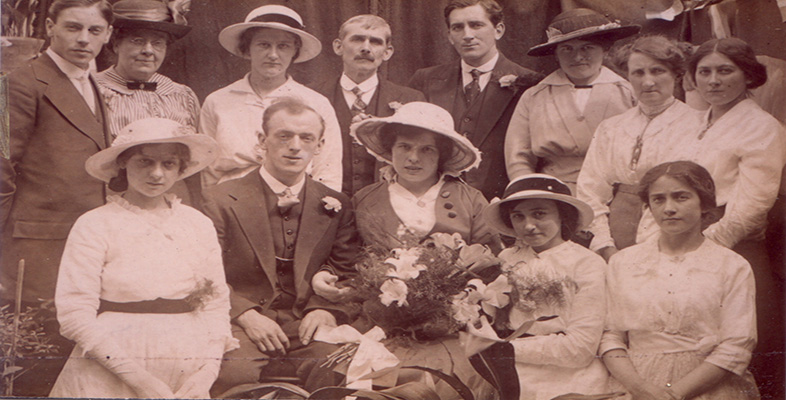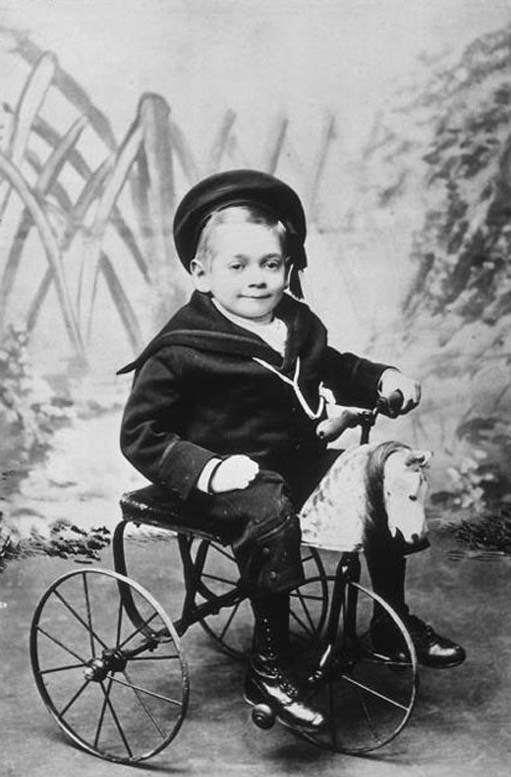4.2 Pose
Pose followed expression on the list of the portrait photographer's priorities. A sitter's pose was intended to assist idealization by highlighting physical beauty. Photographers were required to select a pose that displayed the sitter to advantage.
If your sitter be tall and thin, or short and stout, select a pose which may render such peculiarities least prominent …A sitter's personal defects may be frequently concealed by the choice of position.
‘Defects’ in this context included physical blemishes and disfigurement. Such imperfections could be bathed in shadow or excluded altogether by careful framing, vignetting or masking.
Activity 7
Please take a few minutes to study this delightful (I think) portrait of Walter J. Eastwood. Do you get the feeling that there is something about this picture that you can't quite put your finger on? Can you think what it might be?
Answer
Walter had a disability affecting his spine and you will notice that the photographer has selected a pose that hides his back from view. The photographer would certainly have regarded this attempt to conceal impairment as a proper professional approach. The fact that the photograph survived in the family album suggests that the customers, too, were happy with the result. The politics surrounding disability today would, however, lead us to question the desirability of this approach.
Photographers were encouraged to aim for an elegant, graceful and fluid pose. These qualities characterized the genteel and educated in Victorian society. Their emulation by the less privileged was intended to suggest refinement and so assist in the idealization of the sitter.

